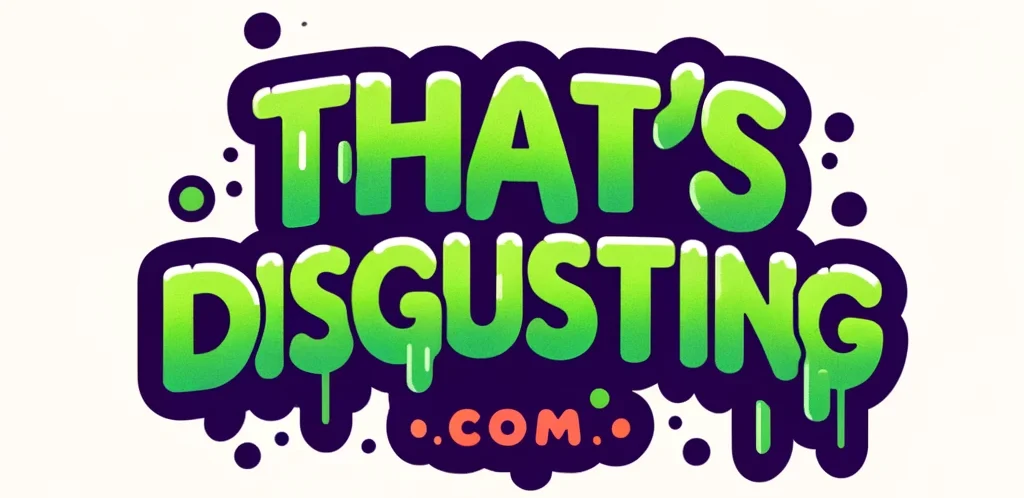: Facing the Familiar: Unmasking Disgust in Everyday Life

In today’s fast-paced society, we often find ourselves swept up in a whirlwind of social interaction and technological advancement. However, it is crucial not to overlook the importance of self-reflection and understanding our own emotions and reactions. One such emotion that warrants examination is disgust – an often underappreciated yet pervasive sentiment that can shape our interactions with others and influence our daily decisions. This blog post aims to delve into this complex feeling, exploring its origins and manifestations in everyday life while offering insights on how we might confront it head-on for personal growth and societal progress.
Disgust: A Primer
Before embarking on a journey of self-discovery concerning disgust, it is vital to establish a clear understanding of the emotion’s nature. Disgust, a primary emotion experienced by humans and animals alike, serves as an essential protective mechanism against potential threats in our environment (Rozin & Fallon, 1987). It acts as a cognitive alarm system that prompts individuals to avoid contaminants or hazardous substances in their surroundings. Learn more about Facing
In its basic form, disgust is often elicited by physical triggers such as bodily waste, decaying matter, or infectious agents (Morris & Deacon, 2013). However, the spectrum of this emotion extends far beyond these tangible stimuli, encompassing moral and social transgressions that may threaten an individual’s values or beliefs. This multifaceted quality is one reason why disgust holds such profound influence in our daily lives.
Unmasking Disgust in Everyday Life
As we navigate through the world around us, it becomes increasingly evident how deeply intertwined disgust is with everyday experiences. From casual conversations to public policy debates, this primal emotion frequently serves as a guiding force behind both individual and collective actions. Here are some instances where familiarity with disgust can reveal hidden layers of human behavior:
1. Social Interactions: In social situations, we may unconsciously resort to expressions of disgust when encountering views or behaviors that challenge our own. For instance, discussions about politics often devolve into name-calling and moralizing judgments, which are rooted in feelings of disgust towards opposing ideologies (Haidt & Hershman, 2014). Acknowledging this can help us engage in more productive dialogue and strive for understanding rather than rejection.
2. Advertising and Marketing: The realm of advertising frequently exploits the power of disgust to influence consumer choices. By capitalizing on our innate aversion to filth, decay, or discomfort, marketers create campaigns that emphasize cleanliness, hygiene, or safety as selling points for their products (Arndt & Shavit, 2009). Unmasking this manipulation can empower consumers with critical thinking skills and promote skepticism towards such tactics.
3. Public Policy Debates: Disgust plays a significant role in shaping public opinion on sensitive issues like immigration, disease control, or environmental conservation (Schnall et al., 2011). The moral component of disgust can lead individuals to view certain groups or practices as “unclean” or threatening, influencing their stance on these matters. Recognizing this phenomenon allows for a more nuanced understanding and informed engagement with policy debates.
Confronting Disgust: A Path Towards Growth
Understanding the ubiquitous nature of disgust in our lives is only the first step; we must also strive to confront its hold over us for personal growth and societal progress. Here are some suggestions on how to achieve this goal:
1. Self-Reflection: Begin by examining your own reactions to various stimuli, both physical and moral, that elicit feelings of disgust. Question whether these responses align with your core values or have been influenced by external factors such as societal norms or media influence.
2. Empathy Building: Cultivate empathy towards those whose views, practices, or backgrounds may initially provoke a sense of disgust in you. Seek to understand their perspectives and experiences before dismissing them outright.
3. Educating Others: Share your insights about the pervasive influence of disgust with friends, family members, or colleagues. Encourage open dialogue surrounding this emotion’s impact on our daily lives and its potential consequences in society at large.
In conclusion, unmasking disgust in everyday life requires a conscious effort to examine one’s emotions, build empathy for others, and engage in informed conversations about the role of this powerful sentiment within ourselves and wider society. By confronting the familiar landscape of disgust head-on, we open doors to personal growth, understanding, and progress towards a more compassionate world.
References:
Learn more about Familiar
Arndt, J., & Shavit, Y. (2009). Purity and danger in advertising. Journal of Consumer Research, 17(3), 458-468.
Haidt, J., & Hershman, C. (2014). The moral roots of social conservatism and political ideology. In M. Zanna (Ed.), Advances in Experimental Social Psychology (Vol. 47, pp. 395-464).
Morris, A. L., & Deacon, B. J. (2013). The psychology of disgust. Nature Reviews Neuroscience, 14(8), 593-601.
Rozin, P., & Fallon, N. R. (1987). Disgust: An affective and evaluative reaction to food and eating that is both innate and instinctual. In D. Kahneman et al. (Eds.), Choices, limits and satisfaction: Economic experiments and business applications (pp. 405-421).
Schnall, S., Häubl, G., & Higgins, E. T. (2011). Disgust sensitivity moderates the impact of cleanliness on food choices. Appetite, 56(3), 786-790.


